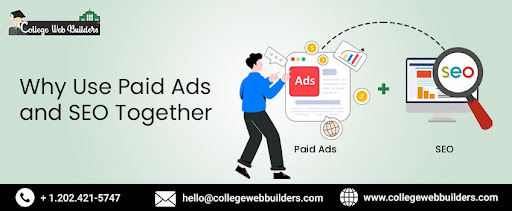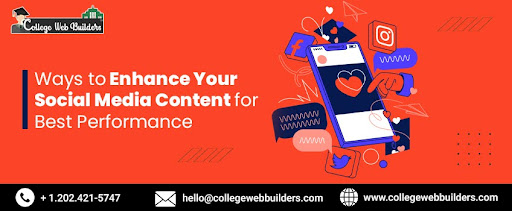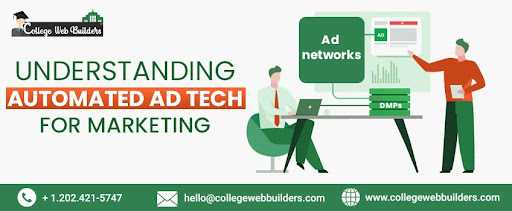
Why Use Paid Ads and SEO Together
In the modern world, where business is conducted online, businesses must use paid ads and SEO to promote a site and make it popular. When all the above techniques are applied in a pool of the best strategies that complement each other, the synergy effect is achieved in the results, which enhances the process. This post by our PPC management service in Ashburn VA will share tips about correctly integrating paid and organic search for business development.
Paid Advertising and Search Engine Optimization
While paid search ads help to target specific keywords and get traffic from the search engine result pages, organic SEO OR email marketing services in Ashburn USA work in addition and contribute to the website's positions on other parameters as well. Paid search provides immediate outcomes – creating campaigns within hours and attracting traffic to your site is possible. A lot of attention is paid to positions and traffic increases in SEO. SEO is different, as you spend time ranking a site and notice steady, long-term growth over the months and years.
It also enables the approach to balance short-term and long-term goals when the client approaches them tactfully in sequence. Pay ads are effective for immediate visibility and conversions, while SEO takes time to grow. When you begin your venture, you may use paid ads, but as your organic rankings increase, you should be able to shift mostly to organic. It also reduces risk – you have an additional option if there are problems with one of the traffic sources.
Key Opportunities for Alignment
There are a few key areas where aligning paid ads and organic SEO can boost performance:
Shared Keywords: General advice is to ensure that the keywords and keyphrases targeted for the paid search campaigns are also used in the basic SEO keyword strategy. Adjusting content to match paid keywords means that it is done to match the terms that you bid on as an advertiser. By bringing structure to the shared keywords/phrases, the process eliminates diluting the outcomes due to diffusion across unrelated targeting.
Landing Pages: The targeting of paid advertisements and SEO to a precise, properly optimized landing page also greatly impacts conversion. Ensure that all key points of a landing page address a given ad's keywords/target audience and the ranking content.
Extensions: Google Ads extensions such as call, location, affiliate location, callout, message, app, and price effectively generate calls and clicks for paid ads or organic links. The synchronization of these extensions with your ads and organic listings makes the two more visible and gets more traffic between them.
Audience Targeting: Thanks to advertising platforms such as Google Adwords, very specific audiences can be targeted - use it to reach the audiences that correspond to your buyer personas and the topics your SEO content is focused on. Using paid services to coordinate the audience makes SEO content accessible to the likely buyer, which enhances its relevance.
Measurement: Keep a record of the campaign – set up tracking pixels, UTM parameters, and analytics to determine the traffic and conversion from paid and organic. This makes it easy to monitor the ROI of each and how they individually contribute to the improvement of the goals.
Best Practices for Implementation
How does it work in a coordinated context to have a good idea of SEO and paid search? Here are some best practices for making integrated paid & organic marketing work:
Master Keyword: Another solid area that your approach should address is creating a master keyword list that you will use for optimization. Open a Word document and list all your significant and pertinent target search terms based on search volumes, competition, and relevancies. Create basic, keyword-centered pages and materials, ensuring that the primary keywords are employed in the pages and contents properly and relevantly. Concentrate on creating high-quality, value-added content that could address your targeted clients' and consumers' needs and queries.
Content: When designing destination web pages for ad categories or types of content, a web page should mirror the message initially conveyed through the ad or introductory content. Make sure what the user is expecting to be delivered is the same when they click through – the 'bait and switch' approach is unproductive and erodes the consumer's trust.
Webpages: The ads should only be redirected to the relevant web pages, which can fulfill the promise made and are useful for the particular targeted customers. Do not direct visitors to other pages because that is counter-productive and will cause the user discomfort. Ensure that the ads delivered match the promise made on a specific landing page to lead the leads through the funnel.
Customize: Extensions, ad customizations, and targeting make ads noticeable and relevant to the users' needs when choosing and interacting with the content. But do not get too specific – although this increases your targeting, it also decreases your reach. Experiment with techniques and understand where you are on the spectrum. After placing potential consumers through advertisements, it is vital to keep feeding them with material related to them to ensure that you build a relationship with them by supplying information they may require throughout the buyer cycle.
Negative Keywords: The problem with negative keywords is if applied haphazardly it more greatly reduces your reach than needed. Directing the energy toward developing the quality and specific ads and web pages best suited for each campaign is more advisable.
Syncing: When SEO and paid advertising are set up to work simultaneously it can help to ensure everyone views the content and there is no confusion with the messaging. Ensure that target areas are not over-emphasized or that two or more programs address similar issues without proper synchronization. Teams must sync on different levels and projects for a consistent and coherent approach.
Analysis: It is recommended to perform analysis not as separate 'meaningless' but as teams, while reviewing the data or assessing the performance. This encourages the creation of a rich dialogue from different perspectives, increases responsibility, and results in better recommendations. This is a well-known saying that it is always wiser to consult with someone when deciding.
Conclusion - The Key Is Consistency
Gobbling up SEO and pay-per-click mostly revolves around coherence regarding subject focus and the target neighborhood of campaigns. That means one plus one is not one but more, which means you get exponential benefits as you coordinate your efforts, not when you have mismatched silos. Always be asking: Does this keyword lead to the right people? Is this what is being offered on this landing page relevant to what this audience is searching for? Is this ad extension relevant to the content I am offering to my potential customers?
Presenting paid and organic as a single entity in terms of purpose, goal, and execution reaps benefits in terms of exposure, lead generation, and audience acquisition in the short- and the long-run. For more information or to avail of our content marketing services company in Ashburn Virginia, visit Collegewebbuilders.com.
- Tags: Marketing, Onlline, Internet





